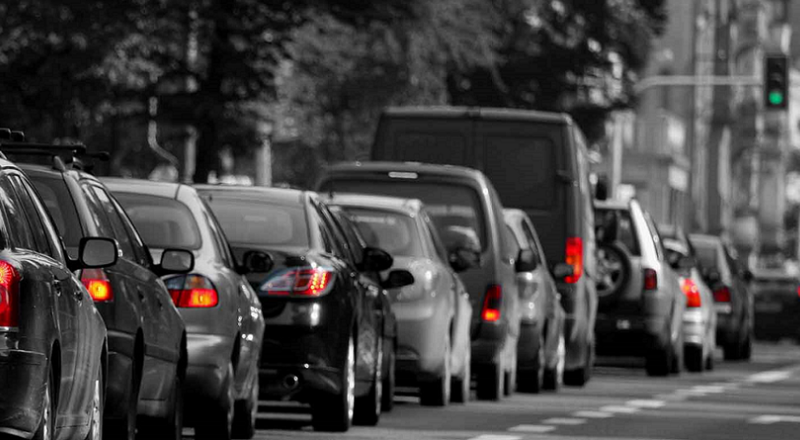Connected vehicle systems: The next generation
The federal government plans to spend $100 million to pilot driving technology that officials say would drastically reduce the number of car wrecks and traffic-related deaths.
Records show that more than 32,000 people die in roadway accidents each year, a figure that should decrease as a result of safer vehicles and public awareness campaigns.
The U.S. Department of Transportation thinks new technology can drive accident rates lower. Over the next five years, it will test the Intelligent Transportation Systems initiative, which enables vehicles to automatically update each other on road conditions.
These messages will be carried on a part of the radio spectrum that the government set aside specifically for this purpose. Called dedicated short-range communications, or DSRC, the system will operate with minimal delay and won't be affected by inclement weather.
Vehicles equipped with this technology will be able to send and receive messages within a radius of almost 1,000 feet. Whizzing across highways will be information about vehicle position, direction and speed. Details about headlights being on or off — and whether brakes are activated — will also be included in the data set.
Predicting the Next Collision
This kind of vehicle-to-vehicle communication carries significant safety advantages, explained Frank Perry, the Connected Vehicle Program Director at Leidos.
"If you're coming up to an intersection and someone is running a red light, you will be notified and your vehicle can begin to take evasive actions automatically," he said.
Those other vehicles would either warn the driver of an impending impact, or take some control of the vehicle — of the brakes, perhaps — depending on the level of autonomous intelligence in the vehicle.
The National Highway Traffic Safety Administration hopes to address four in five crashes caused by unimpaired drivers using this new technology. The NHTSA plans to formally notify the public this year of a proposal requiring manufacturers to incorporate the technology.
Some car makers are already on board. General Motors will launch its 2017 Cadillac CTS by the end of this year, featuring Super Cruise, an automated driving technology that will use dedicated short-range communications.
Roadside Data Collection
As automakers prepare for the technology, federal transportation officials are already planning to incorporate roadside infrastructure into the communication network.
In this next phase, part of a broader movement toward vehicle-to-infrastructure communication, or V2I, roadside beacons would relay the vehicle-to-vehicle messages to a central hub, where they would be aggregated to create a unified view of America's roads.
Using more detailed data contained in those safety messages, big data analytics would enable a hub to make all kinds of determinations.
"Cars can also transmit more advanced information, including whether their windshield wipers are operating, whether their sensors had detected any moisture or slipperiness on the road, and even information about potholes that they encounter," Perry said.
Leidos designs and deploys these systems. In Michigan, the company is piloting a vehicle-to-infrastructure project with the state's transportation department. Leidos has also deployed data warehouses for the U.S. Department of Transportation that contain updated information about roadways. The information is meant to help agencies at all levels of government respond to emergencies, according to Perry
"If they're getting information that vehicle speeds are lower than expected on a particular highway, the agency can use DSRC to inform vehicles downstream of the affected area and reroute them," he said.
Data-Driven Driving
It's easy to see how drivers would find this data useful. Knowing that the road ahead is icy would likely lead drivers to slow down and take more care.
Some of this information is stored in a Leidos-built data warehouse that contains information the Department of Transportation shares with companies and the driving public. Agencies can update the information ahead of planned road closures or construction projects.
Although vehicle-generated data is meant primarily to trigger immediate actions to protect drivers, long-term analyses of large data sets have the potential to yield new insights for planners.
Aggregated data could also be used to dynamically manage eco-lanes, which are dedicated road lanes that can change speed limits to keep traffic moving and reduce idling emissions.
"If you watch the same stretch of highway over several months, you can obviously detect patterns and inform drivers when congestion is anticipated," Perry said.
The start may be slow, and the journey may be long, but the smart roads program will get up to speed quickly if the department's timelines are accurate.
In 10 years, its goal is to have one in five intersections able to communicate with cars.

